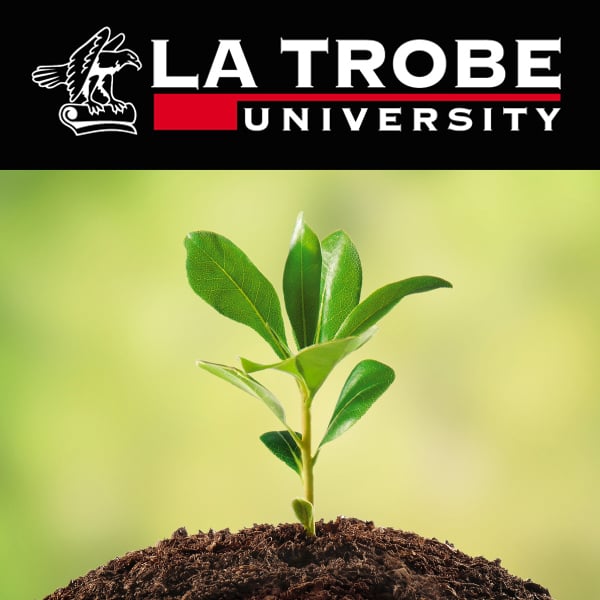Stems II (handout)
Description
The transition from water to land required plants to develop efficient transport pipelines for water and nutrients to the leaves, and for energy-rich carbohydrates (from photosynthetic carbon dioxide fixation) to tissues that require energy (e.g. roots, storage organs etc.).
Xylem and phloem are found together in vascular bundles and transport water (unidirectionally) and photosynthates (bidirectionally), respectively. While these vascular bundles, or steeles, are arranged in a circle in dicots, they are scattered throughout the stem in monocots. This means that monocots can not perform secondary, or thickness, growth.
Thickness growth in dicots is due to the activity of a secondary, or vascular, cambium that produces xylem towards the inside, and phloem towards the outside. Old phloem eventually dies and contributes to the bark which protects the active phloem.
Copyright 2012 La Trobe University, all rights reserved. Contact for permissions.
More Episodes
Over thousands of years, humans have "domesticated" wild type plants and animals through selective breeding. Examples from the plant world include the breeding of modern hybrid maize from teosinte, or the development of modern wheat from emmer.
As our knowledge of genomics and molecular...
Published 10/30/12
Published 10/30/12
Over thousands of years, humans have "domesticated" wild type plants and animals through selective breeding. Examples from the plant world include the breeding of modern hybrid maize from teosinte, or the development of modern wheat from emmer.
As our knowledge of genomics and molecular...
Published 10/30/12


